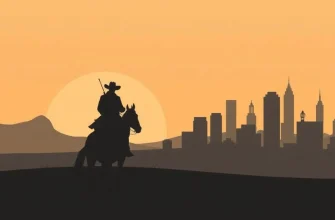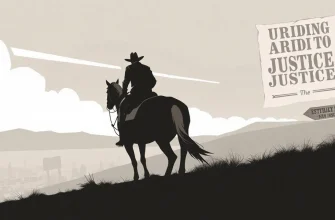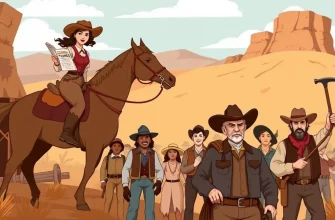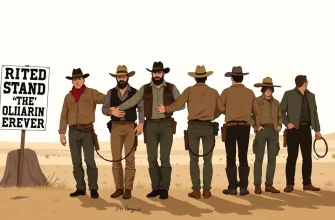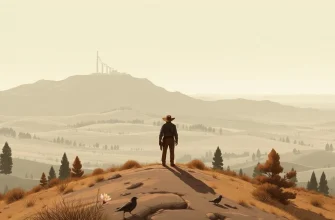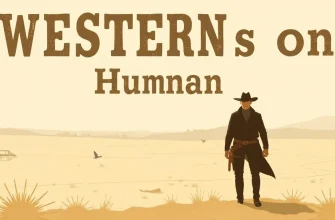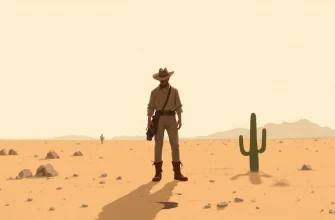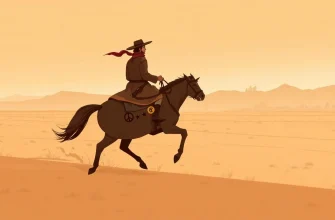The Wild West, often romanticized in cinema, was a place where social inequalities were starkly evident. This curated list of Western films delves into themes of social injustice, class struggle, and the fight for equality. These movies not only entertain but also provoke thought, offering a lens through which we can examine the complexities of human society in a lawless frontier. From tales of oppressed minorities to the struggles of the working class, these films provide a rich tapestry of stories that resonate with contemporary issues.
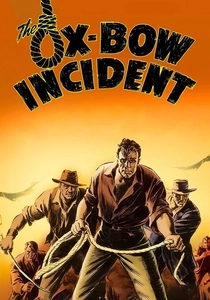
The Ox-Bow Incident (1943)
Description: This classic Western delves into mob justice and the consequences of social prejudice, as a group of men take the law into their own hands, leading to a tragic outcome that questions the morality of their actions.
Fact: The film was based on the novel by Walter Van Tilburg Clark and was nominated for an Academy Award for Best Picture.
 Watch Now
Watch Now 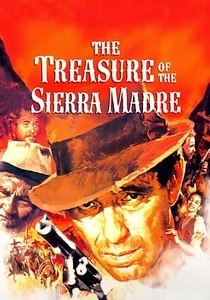
The Treasure of the Sierra Madre (1948)
Description: This film explores the destructive nature of greed and how it can lead to the breakdown of social bonds, as three men search for gold in Mexico, revealing the stark class divisions and the desperation of the working poor.
Fact: The film won three Academy Awards, including Best Director for John Huston.
 Watch Now
Watch Now 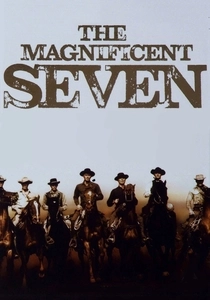
The Magnificent Seven (1960)
Description: This iconic film, while primarily an action-packed Western, subtly addresses the social inequalities between the rich landowners and the oppressed villagers, showcasing the fight for justice and equality.
Fact: The film was a remake of Akira Kurosawa's "Seven Samurai," adapted to a Western setting.
 Watch Now
Watch Now 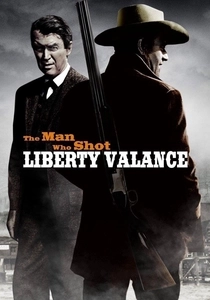
The Man Who Shot Liberty Valance (1962)
Description: This film examines the transition from lawlessness to civilization in the West, focusing on the clash between the educated and the uneducated, the rich and the poor, and the myth versus reality of heroism.
Fact: The film was one of the last major Westerns to be shot in black and white.
 Watch Now
Watch Now 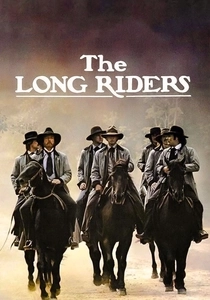
The Long Riders (1980)
Description: This film focuses on the James-Younger Gang, exploring the social dynamics of the time, including the economic hardships that led to their outlaw lifestyle, and the class tensions between the rich and the poor.
Fact: The film uniquely cast real-life brothers to play the brothers in the gang, adding authenticity to the portrayal of family dynamics.
 Watch Now
Watch Now 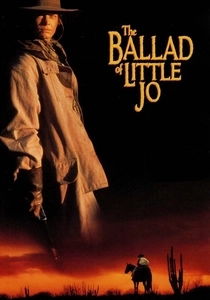
The Ballad of Little Jo (1993)
Description: This film tells the story of Josephine Monaghan, who, to escape the confines of her gender and social status, disguises herself as a man in the Wild West. It explores themes of gender inequality and the harsh realities of life for women in the 19th century.
Fact: The film was inspired by the real-life story of a woman named Jo Monaghan, who lived as a man in the American West.
 Watch Now
Watch Now 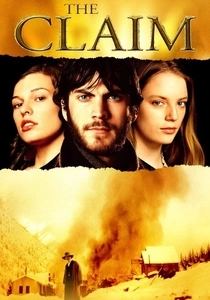
The Claim (2000)
Description: Set in the California Gold Rush era, this film examines the consequences of greed and the social stratification that arises from the pursuit of wealth. It portrays how the quest for gold can exacerbate social inequalities.
Fact: The film was shot in the Canadian Rockies, providing a stunning backdrop to its narrative.
 Watch Now
Watch Now 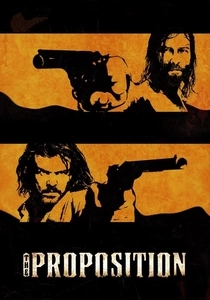
The Proposition (2005)
Description: This gritty Australian Western explores the brutal realities of colonial Australia, focusing on the racial and class divides between the settlers and the indigenous population, highlighting the social injustices of the time.
Fact: The film was shot in the outback of Queensland, Australia, to capture the harsh and unforgiving landscape.
 Watch Now
Watch Now 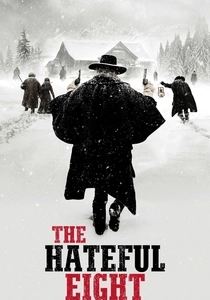
The Hateful Eight (2015)
Description: Quentin Tarantino's film, set in post-Civil War Wyoming, brings together a diverse group of characters, each representing different social strata, highlighting racial tensions and class struggles in a confined space.
Fact: The film was originally written as a novel before being adapted into a screenplay.
 Watch Now
Watch Now 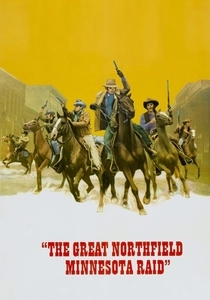
The Great Northfield Minnesota Raid (1972)
Description: This film recounts the true story of the James-Younger Gang's failed bank robbery, highlighting the social and economic disparities that drove men to a life of crime in the post-Civil War era.
Fact: The film was shot on location in Minnesota, where the actual raid took place.
 30 Days Free
30 Days Free 

